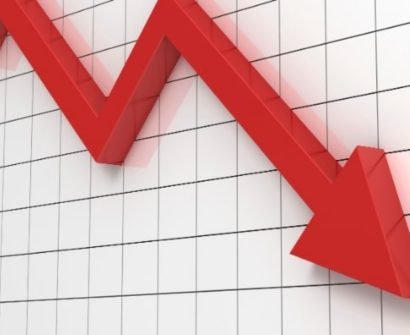Currently Empty: $0

Much and more has been written about the best countries in Europe to visit, sight-see at, or vacation in.
But the economic powerhouse of a continent also has eight of the top 20 largest economies, the biggest single-market area, and some of the richest countries in the world.
How does all of that translate into how much people earn across the continent?
We visualize the average hourly salary (in euros), across Europe in a heatmap. The bluer the hue, the higher the hourly salary. Data for this visualization comes from Eurostat and is current up to 2023.
Ranked: European Countries By Average Hourly Salaries
Luxembourg, Europe’s financial services capital, has the highest average salary (€47/hour) across the continent. The country also has the highest per capita GDP in the world.
Scandinavia’s Denmark and Norway also pay higher (€42/hour) though Sweden (€26/hour) falls more in the middle of the pack.Search:
| Rank | Country | Average Salary (€/hour) |
|---|---|---|
| 1 |  Luxembourg Luxembourg | €47.2 |
| 2 |  Denmark Denmark | €42.0 |
| 3 |  Norway Norway | €41.7 |
| 4 |  Iceland Iceland | €39.5 |
| 5 |  Belgium Belgium | €36.3 |
| 6 |  Ireland Ireland | €33.3 |
| 7 |  Netherlands Netherlands | €33.0 |
| 8 |  Germany Germany | €31.6 |
| 9 |  Finland Finland | €30.5 |
| 10 |  Austria Austria | €30.0 |
| 11 |  France France | €28.7 |
| 12 |  Sweden Sweden | €26.3 |
| 13 |  Slovenia Slovenia | €21.9 |
| 14 |  Italy Italy | €21.5 |
| 15 |  Spain Spain | €18.2 |
| N/A |  EU EU | €24.0 |
Bulgaria records the lowest average salary in this dataset at €8/hour.
The map indicates Northern and Western Europe have higher average wages than Southern and Eastern Europe, reflecting the differences in economic development and wealth.
However, this split has not always been present. In fact, the reverse was true for many centuries. Mediterranean-based civilizations used to be some of the wealthiest in the world, benefiting greatly from the sea’s access across to Northern Africa and the Levant.
But by the 16th and 17th centuries, Atlantic Ocean trade opened up access to far bigger markets, driving up economic growth and wealth accumulation for the western half of Europe.
Naturally, the map of average salaries is also a reflection of the cost of living as well, influencing purchasing power, lifestyle choices, and overall economic conditions for individuals and families.
Source: GWFM Research & Study








